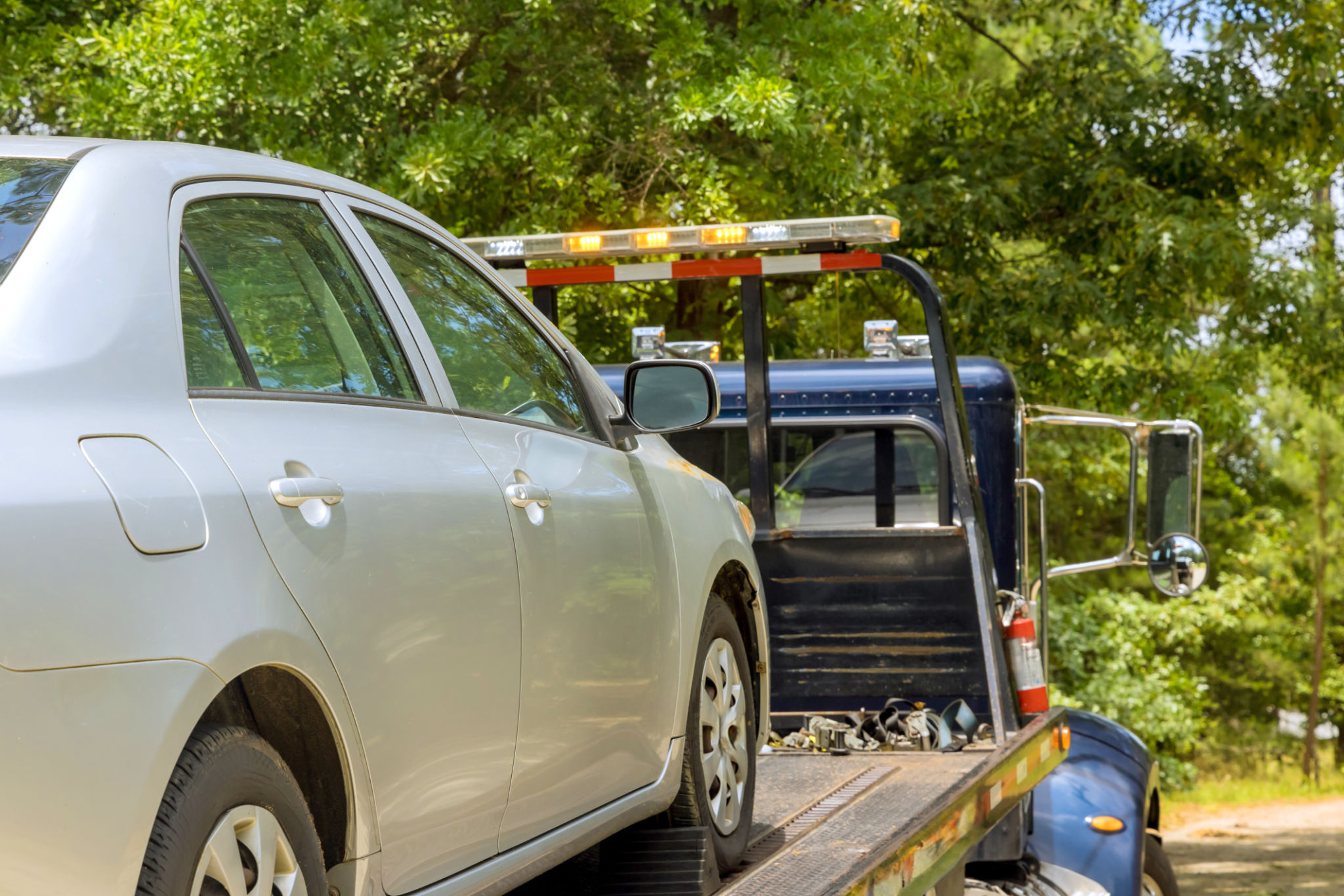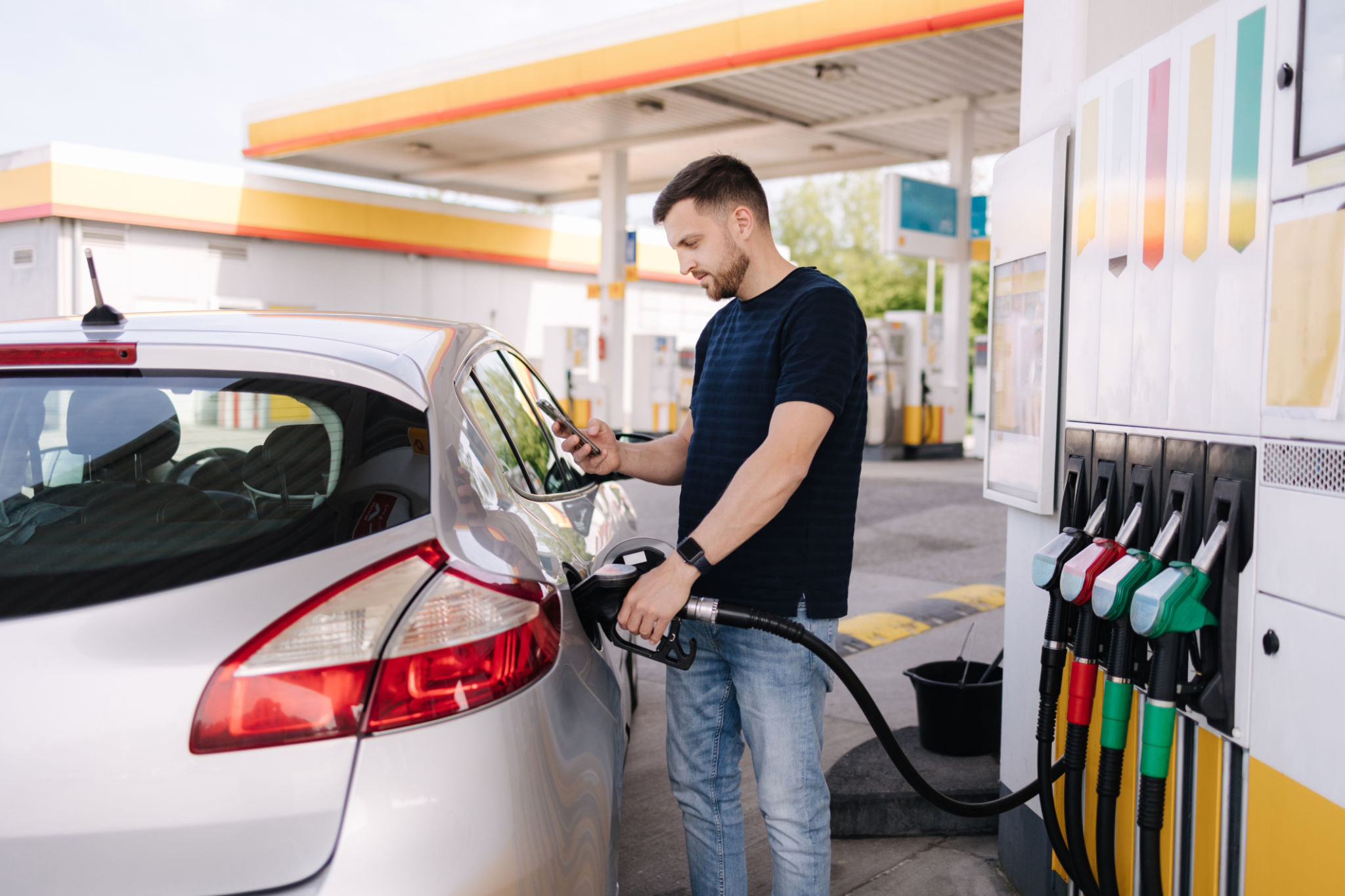DIY Tips for Handling Minor Roadside Issues Until Help Arrives
Stay Calm and Assess the Situation
Experiencing car troubles on the road can be stressful, but it's important to stay calm and assess the situation. Begin by pulling over to a safe spot, preferably away from traffic. Make sure your hazard lights are on to alert other drivers. This initial step ensures your safety and allows you to think clearly about the next actions.
After ensuring safety, take a moment to evaluate the problem. Is it a flat tire, engine trouble, or something else? Understanding the issue can help you decide whether it’s something you can manage or if professional help is needed.

Flat Tire Fix
A flat tire is one of the most common roadside issues. Fortunately, changing a tire is something that many drivers can handle with minimal tools. Here's a quick guide:
- Ensure your car is parked on a flat surface and apply the parking brake.
- Retrieve your spare tire, jack, and lug wrench from the trunk.
- Loosen the lug nuts slightly before jacking up the car.
- Once elevated, remove the lug nuts completely and replace the tire.
- Tighten the lug nuts in a star pattern to ensure even pressure.
If you're unsure about this process, consult your vehicle’s manual or wait for professional assistance.

Dealing with Overheating
An overheated engine can be alarming, but there are steps you can take to mitigate damage until help arrives. First, turn off the air conditioning to reduce engine load and turn on the heater to help dissipate heat from the engine compartment.
If possible, pull over and let the engine cool down before checking the coolant levels. Never attempt to remove the radiator cap while the engine is hot, as this can cause severe burns. Instead, wait until it cools down significantly.

Handling a Dead Battery
A dead battery is another common issue that can leave you stranded. If you have jumper cables and a helpful passerby or another vehicle is available, jump-starting your car is an option. Here's how:
- Position both cars close enough for the cables to reach each battery.
- Connect the red cable to the positive terminal of both batteries.
- Attach one end of the black cable to the negative terminal of the working battery and the other end to an unpainted metal surface on your car's engine block.
- Start the working vehicle and let it run for a few minutes before attempting to start your car.
If jump-starting doesn't work, it’s best to wait for roadside assistance.
Fuel-Related Problems
Running out of fuel is inconvenient but can happen to anyone. If you find yourself in this situation, try to safely make it to the side of the road and call for assistance. Many roadside services can provide a small amount of fuel to get you back on your way.
To avoid this problem in the future, make it a habit to refill your tank when it dips below a quarter full. This simple practice can prevent unnecessary roadside delays.

Conclusion
While some roadside issues are manageable with a bit of DIY effort, others require professional help. The key is to remain calm, ensure safety first, and assess whether you can handle the issue or need assistance. By following these tips and staying prepared with basic tools in your car, you can navigate minor roadside issues until help arrives.
